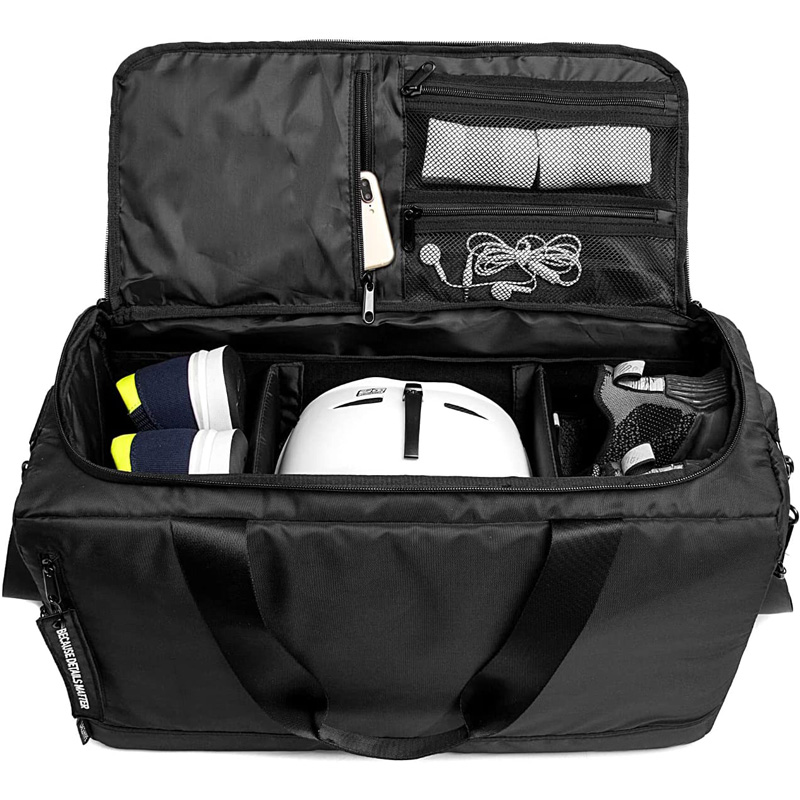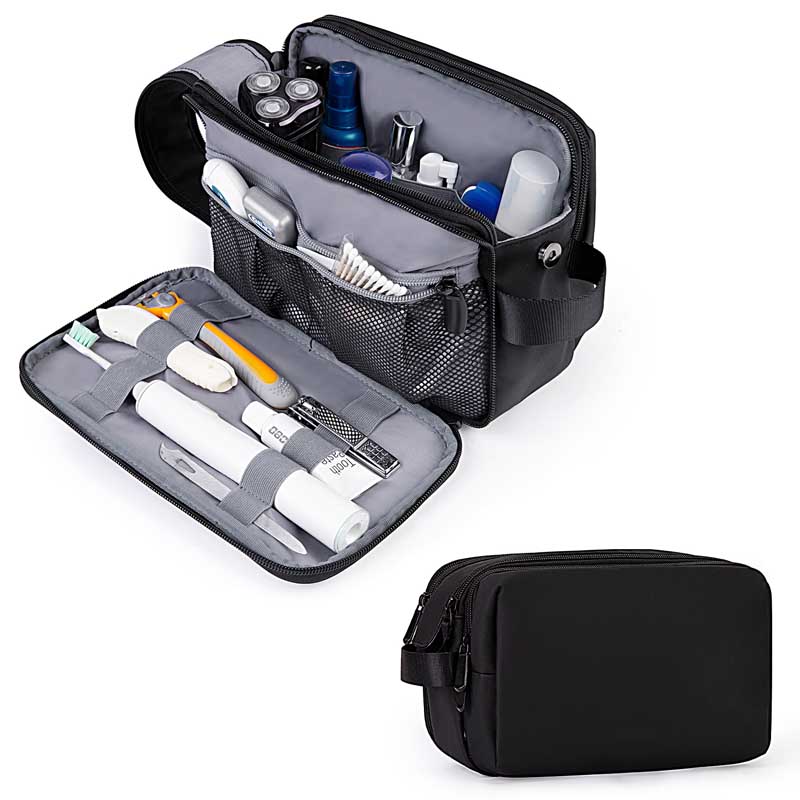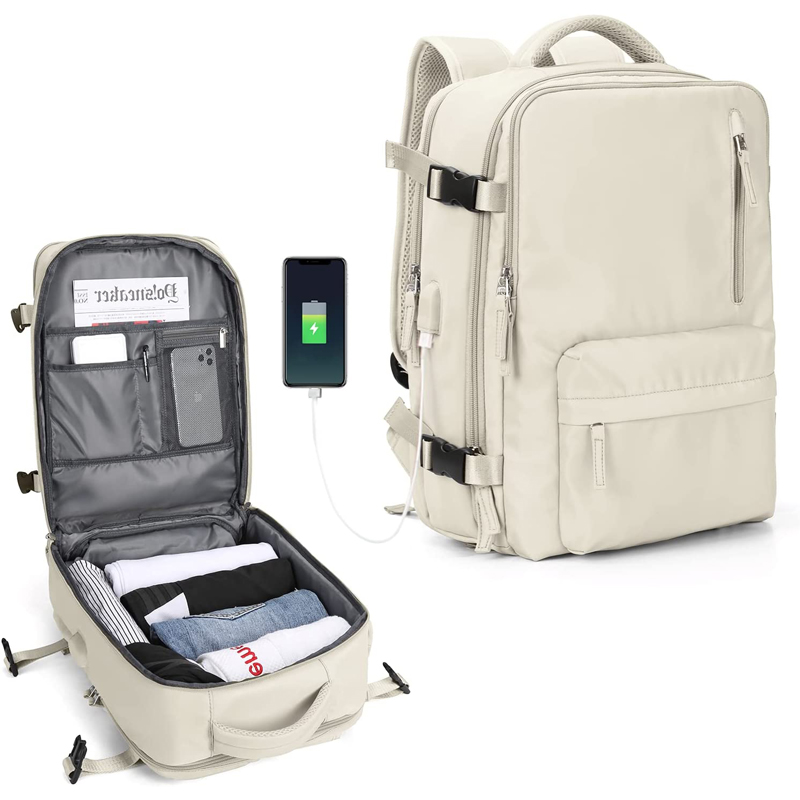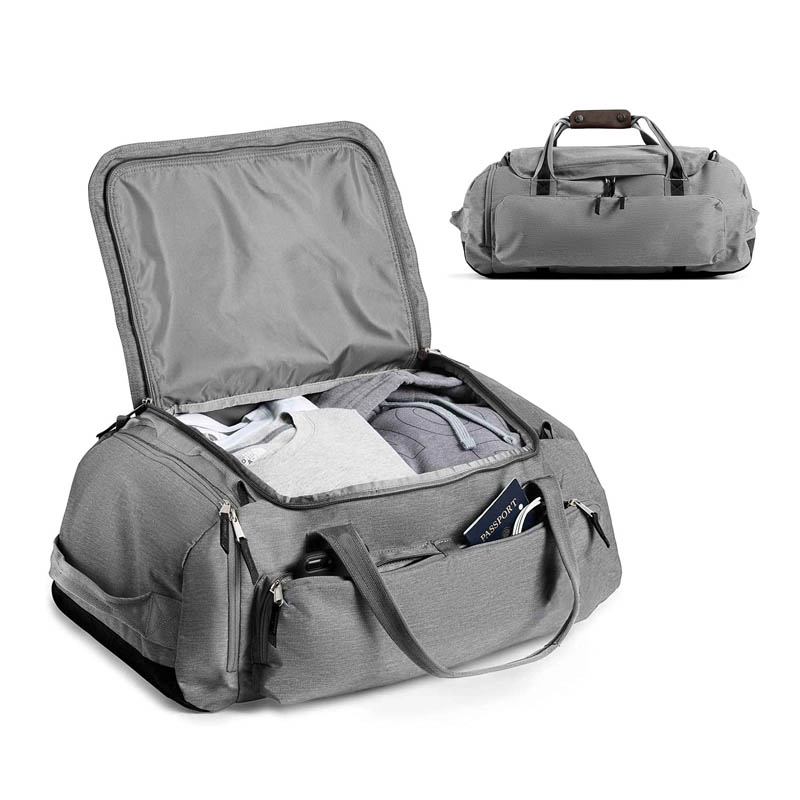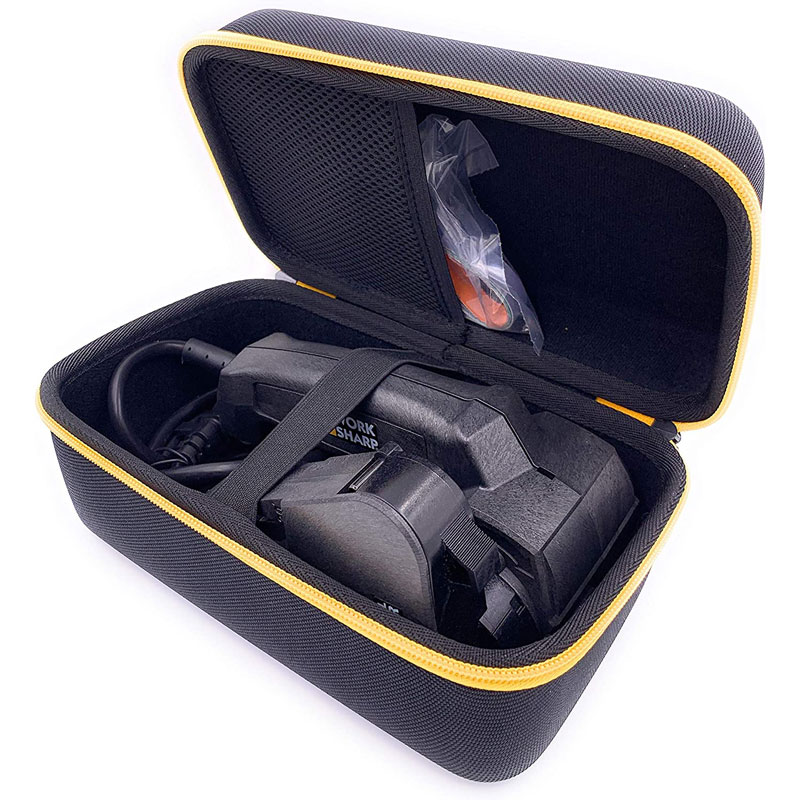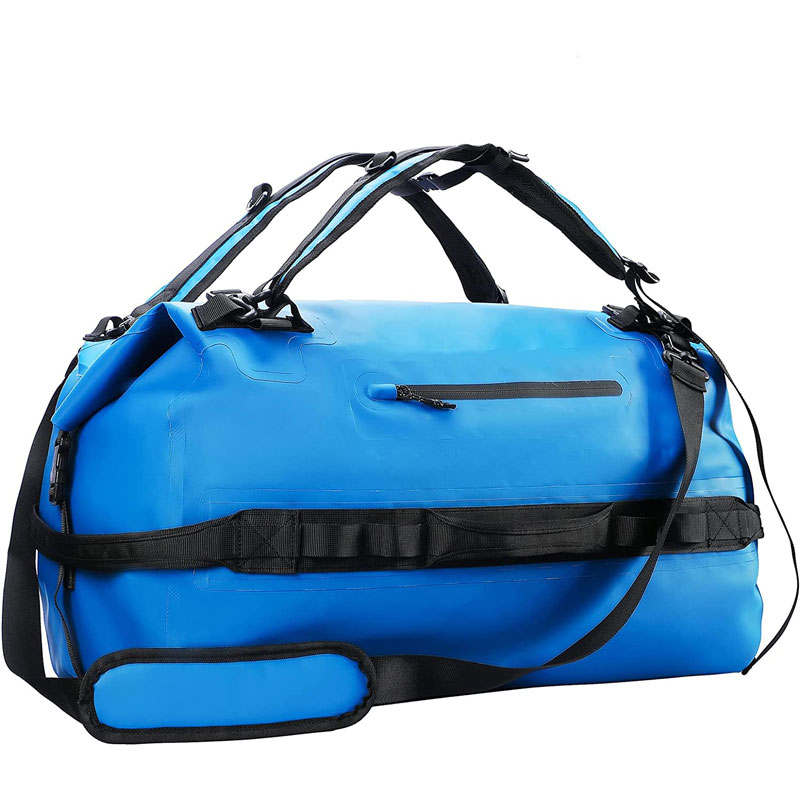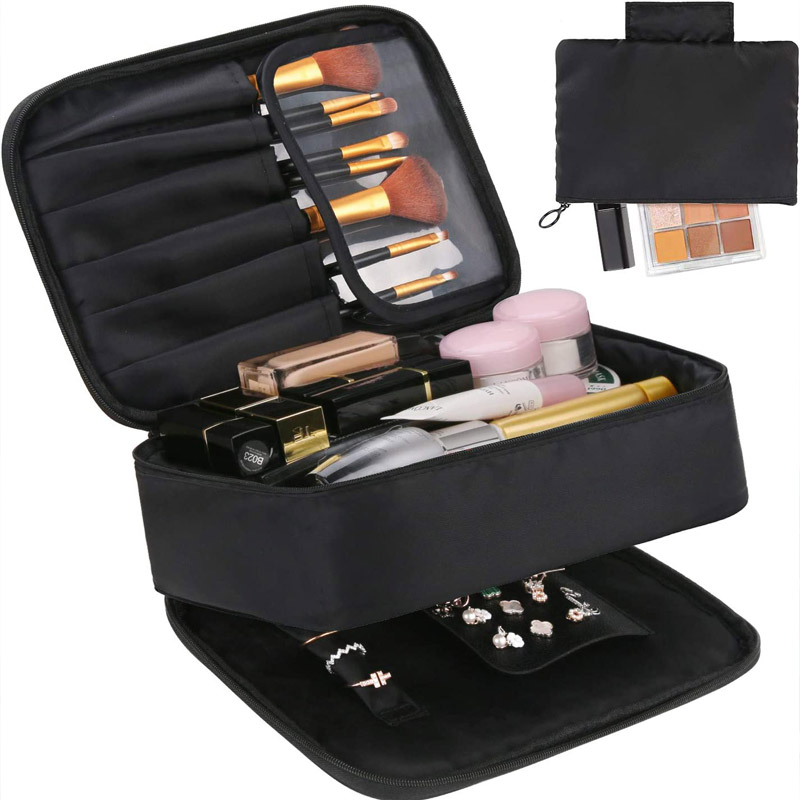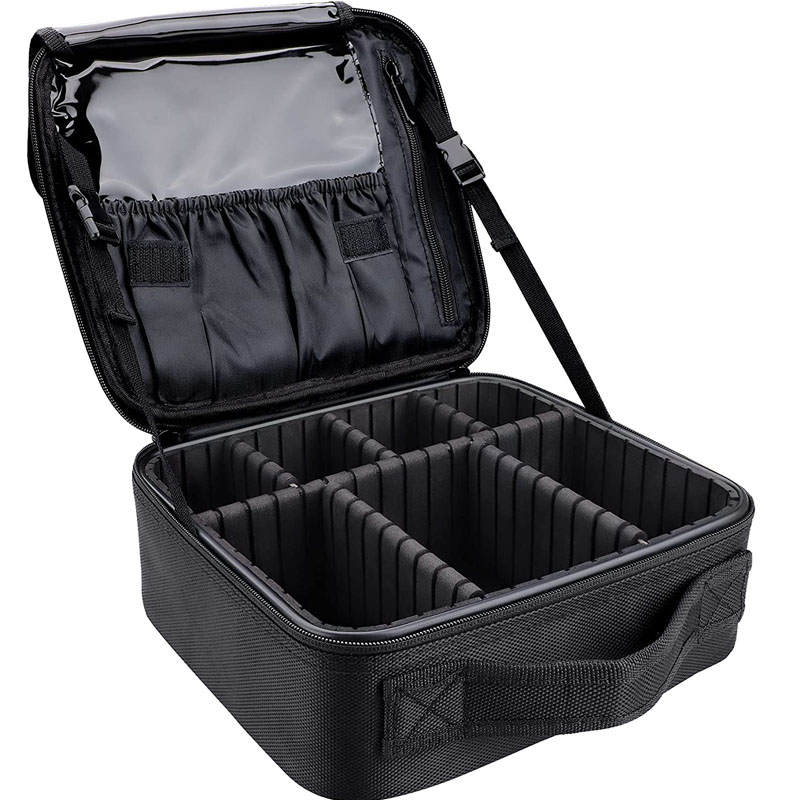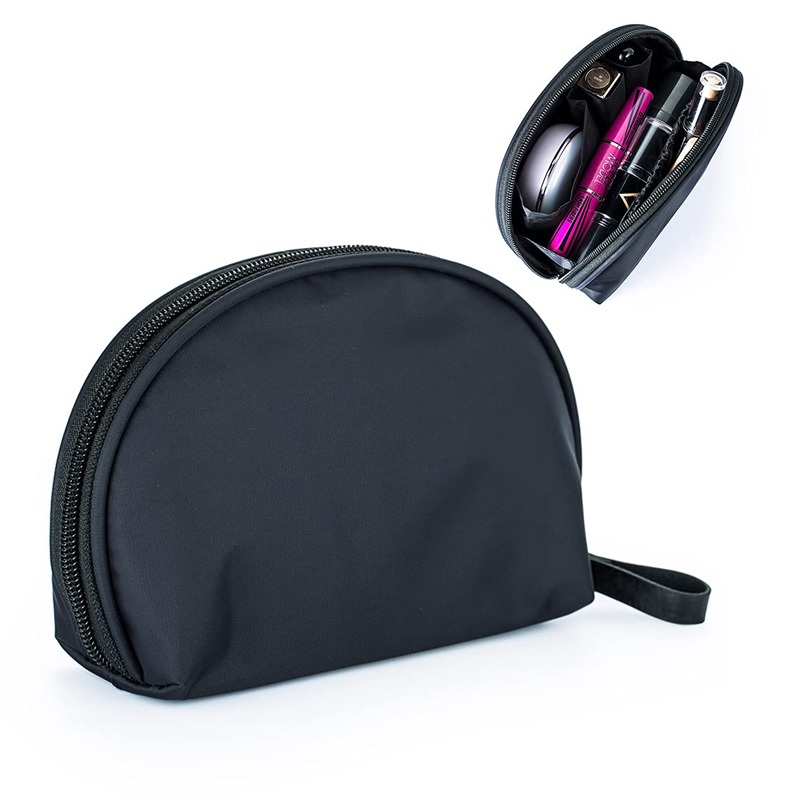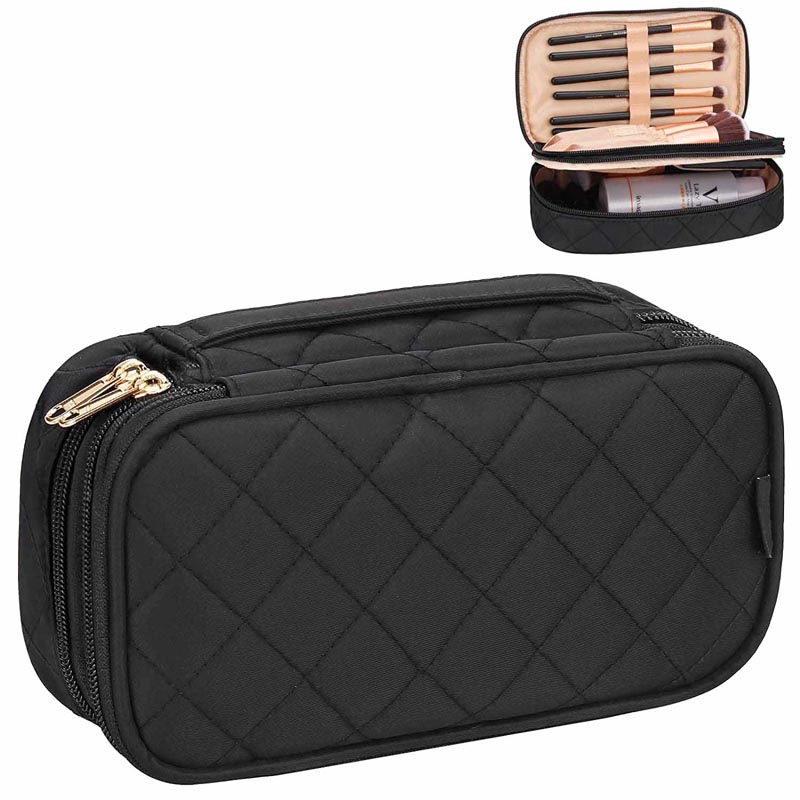For badminton enthusiasts, a high-quality badminton bag is essential to carry their precious rackets, shuttles, sports shoes, and other accessories. As a professional badminton bag manufacturer, we are committed to creating durable, functional, and stylish badminton bags to meet the diverse needs of athletes and sports lovers. Today, we will take you through the intricate manufacturing process of badminton bags, revealing the craftsmanship and technology behind each excellent product.
Design and Planning
The journey of manufacturing a badminton bag begins with design and planning. Our team of skilled designers carefully researches market trends, player requirements, and functional specifications to conceptualize unique and innovative bag designs. Factors such as size, shape, compartments, and features are considered to ensure the bag can accommodate various badminton equipment while being comfortable to carry and aesthetically pleasing. Then, using computer-aided design (CAD) software, detailed digital models and technical drawings are created, providing precise blueprints for production. Based on these designs, physical prototypes are developed for testing and evaluation. The prototypes are tested for functionality, durability, and ergonomics, and any necessary adjustments and improvements are made according to the test results and client feedback until the optimal design is achieved.
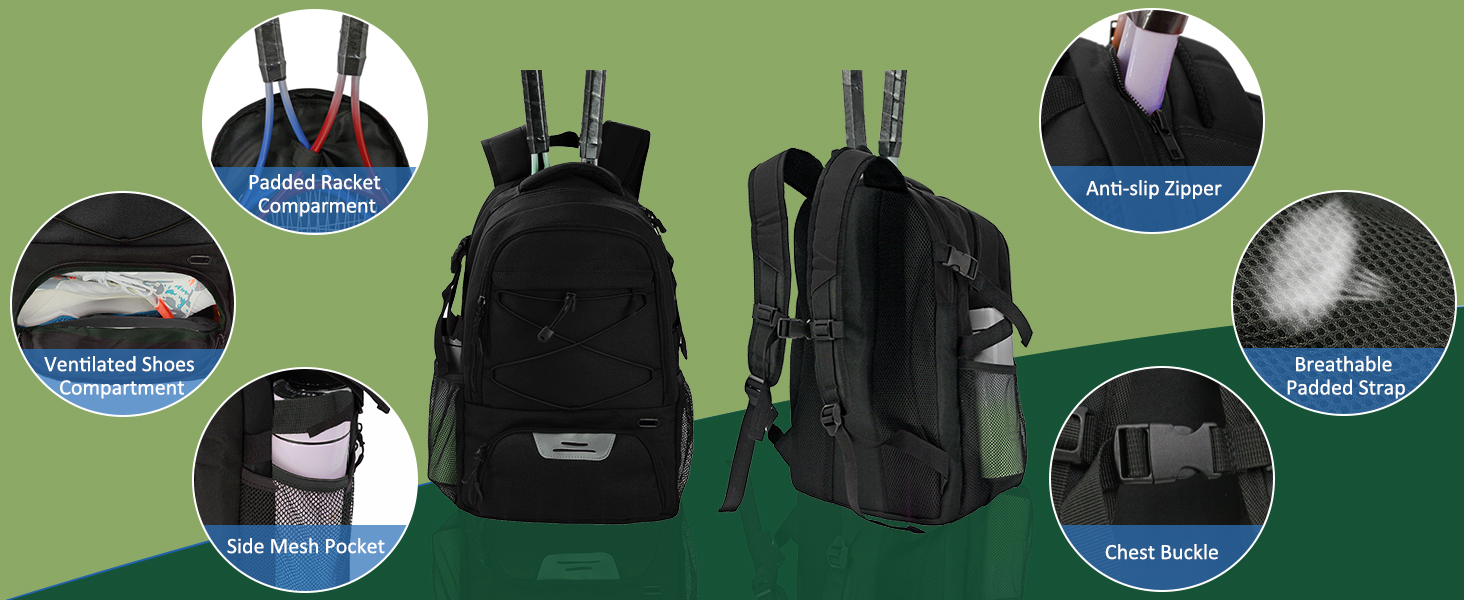
Material Selection
Selecting high-quality materials is crucial for the performance and lifespan of badminton bags. Common materials used in badminton bag manufacturing include nylon, polyester, canvas, and genuine leather. Nylon and polyester are widely used due to their excellent durability, water resistance, and lightweight properties. They can withstand the wear and tear of daily use while protecting the contents of the bag from moisture. Canvas, known for its sturdiness and textured appearance, offers a classic and elegant look and is ideal for creating bags with a vintage or casual style. Genuine leather, on the other hand, exudes luxury and nobility. Although it is relatively expensive, it provides exceptional durability, aging beautifully over time and adding a unique charm to the bag. In addition to these base materials, various lining materials, zippers, buckles, webbing, and other accessories are also carefully selected to ensure they complement the overall quality and functionality of the bag. For instance, high-quality zippers ensure smooth opening and closing, while sturdy webbing provides reliable support for the bag's straps.
Pattern Making and Material Cutting
Once the design is finalized and materials are sourced, the next step is pattern making and material cutting. Based on the design drawings, pattern makers create precise templates for each part of the bag using specialized pattern-making software or manual techniques. These templates serve as the foundation for cutting the materials accurately. Advanced cutting machines, such as computer numerical control (CNC) cutting machines or laser cutters, are then employed to cut the materials according to the patterns. These machines ensure high precision and efficiency, minimizing material waste while producing consistently accurate and smooth-cut material pieces. For smaller production batches or custom-made bags, skilled workers may also use manual cutting methods with precision knives and rulers to carefully cut the materials following the patterns.
Sewing and Assembly
The sewing and assembly process is a critical and labor-intensive part of badminton bag manufacturing. First, the cut material pieces are arranged and prepared for sewing. Industrial sewing machines are used to stitch the different parts of the bag together, such as the front, back, sides, and lining. Skilled sewers employ various stitching techniques, including straight stitches for general seams, zigzag stitches for elastic fabrics or areas requiring flexibility, and overlock stitches to prevent fabric edges from fraying. During sewing, precise stitching and alignment of the material pieces are ensured to guarantee a perfect fit and a professional finish. After sewing the main body of the bag, various components are assembled. This includes attaching straps and handles to the bag body, installing zippers in the designated positions, and adding other hardware accessories like buckles and clasps. Each step requires meticulous attention to detail and skilled craftsmanship to ensure all parts are securely and accurately attached, providing the bag with excellent functionality and stability.
Printing and Decoration
To enhance the visual appeal and brand identity of badminton bags, printing and decoration processes are often applied. Common printing methods include screen printing, heat transfer printing, and embroidery. Screen printing allows for vibrant and durable patterns or text to be printed on the bag's surface, such as logos, team emblems, or personalized designs. Heat transfer printing is ideal for producing high-definition images, photos, or complex graphics, which are then transferred onto the bag using heat and pressure, resulting in a smooth and long-lasting finish. Embroidery, on the other hand, adds a three-dimensional and luxurious effect to the bag by stitching threads into intricate designs or brand logos, enhancing its premium appearance. In addition to printing, other decorative techniques like leather patch appliques, metal badge embellishments, or colored drawstrings may also be used to create unique and personalized badminton bags that meet individual customer preferences and market demands.
Quality Control and Finishing
After the badminton bag is fully assembled and decorated, it undergoes strict quality control inspections. Quality control personnel meticulously check each bag for defects such as stitching quality, zipper functionality, hardware performance, dimensional accuracy, and overall appearance. Any bags that fail to meet the quality standards are promptly returned for repairs or rework. Once a bag passes the inspection, finishing touches are applied. This includes trimming excess threads, polishing metal parts, and coating the bag's edges to enhance its appearance and durability. Finally, the bag is neatly folded or hung, placed in protective packaging, and labeled with care instructions, brand tags, and other relevant information before being shipped to customers.
The manufacturing process of badminton bags involves multiple complex steps, from design and planning to material selection, pattern making, cutting, sewing, assembly, printing, decoration, quality control, and finishing. Each step requires the collaboration of skilled professionals, advanced equipment, and strict quality management to ensure the production of high-quality badminton bags. As a leading badminton bag manufacturer, we adhere to the highest standards of excellence and innovation, continuously improving ourProduction process and introducing new products to provide badminton enthusiasts worldwide with the best bag options for their sporting needs.
Harmony Bags has been engaged in bag manufacturing for 20 years. We are a professional company in producing various kinds of bags,such as cosmetic & toiletry bags, backpacks, travel bags, waterproof bags and waist bags. Our monthly production capacity is 500,000 bags. We can guarantee reliable quality, on-time delivery and good service.
